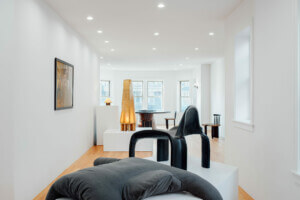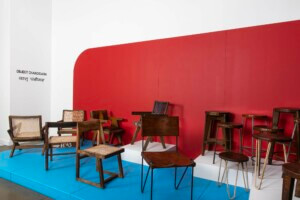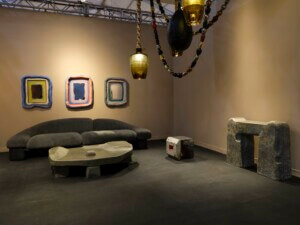Shrouded in a turmeric haze in the dilapidated attic of a former Milanese military hospital, are a series of cast bronze, resin, and solid wood furnishings, light fixtures, and objects made for an intriguing and powerful debut of Chicago-based collectible design studio, Refractory. Dubbed “Holotype,” the exhibition was quick to garner attention from the members of the international design community roaming the grounds of Alcova, an annual exhibition of independent designers at Milan Design Week. A few months later, Refractory again captivated fairgoers at New York’s Salon Art + Design fair with its bold, modern forms set against the Gilded-Age backdrop of the Park Avenue Armory.
Refractory was forged from long-standing professional ties between foundry-owner and artist, Angie West, and industrial designer, Alberto Velez. AN Interior sat down with West and Velez to understand the evolution of the brand and its ambitions for the future as it approaches 18 months on the scene.
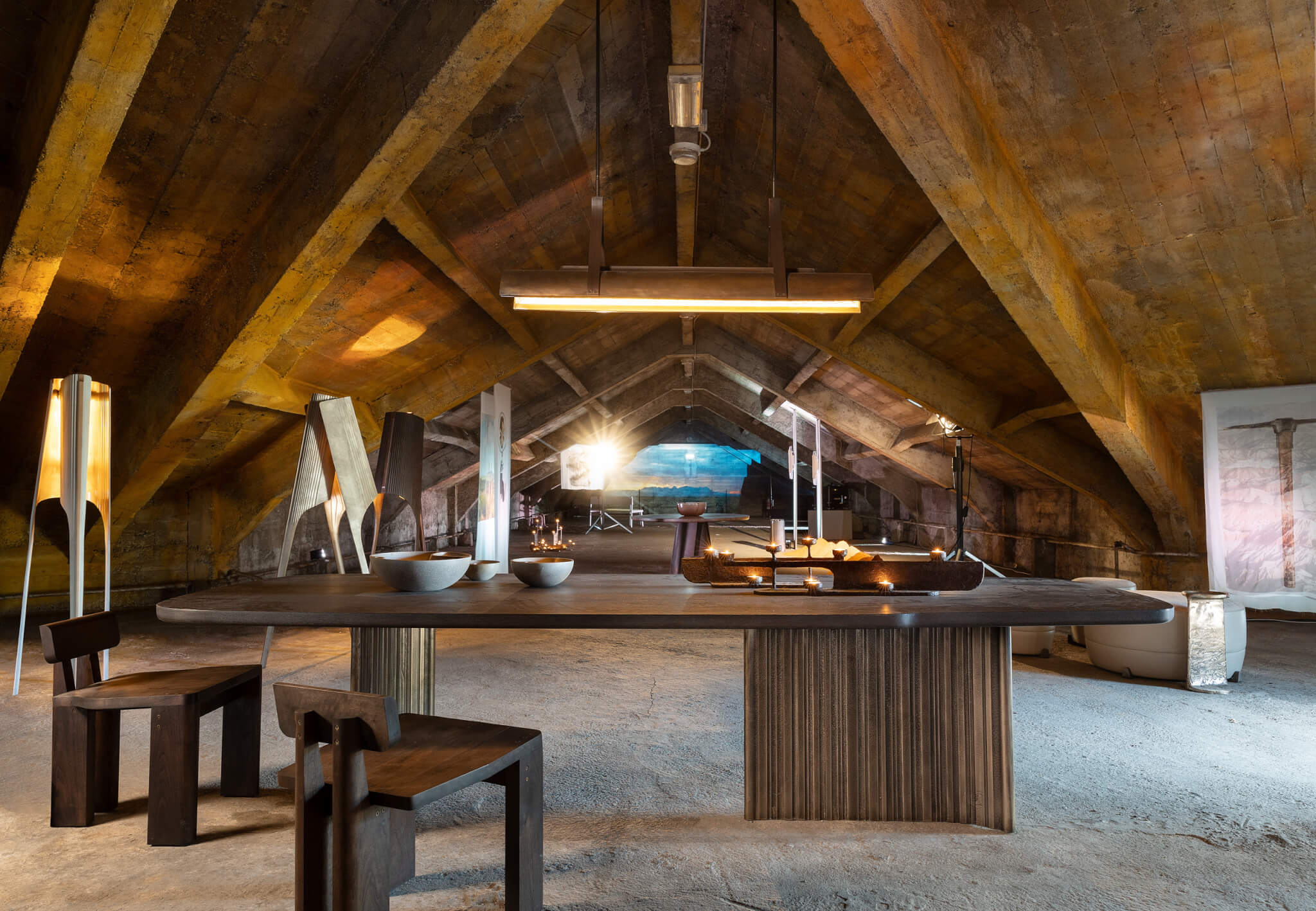
Sophie Aliece Hollis: Angie, you founded Refractory’s sister company, West Supply, 12 years ago after purchasing a small foundry in Chicago. What sparked this purchase?
Angie West: In 2010, after working in various capacities for HOLLY HUNT (HH) for eleven years, I was looking to shift toward entrepreneurship. I had packed up my things to move to Austin, and Alberto was on his way to Chicago from New York to take my position as Design Director at HOLLY HUNT. Just before my departure, I was celebrating my birthday with some friends when one of them mentioned that a small foundry we had once worked with at HH was going to close. Still thinking about it the next morning, I told my roommate, who knew me very well, “I think I need to buy this foundry.” Her exact response was, “I don’t know if you should? But I think you can’t not.” I made a phone call. We had a meeting. A week later, I was having lunch with Holly to tell her about the idea. She said, “It’s a little crazy, but you should do it. I’ll keep you busy.” Immediately, she tasked Alberto to design items for West Supply to fabricate. There is no way we would we be sitting here if she hadn’t been so generous and visionary about where it could lead. She knew I had the potential to do well and that what we would make would also be good for her company, so she advocated for us. That’s fundamentally how it started.
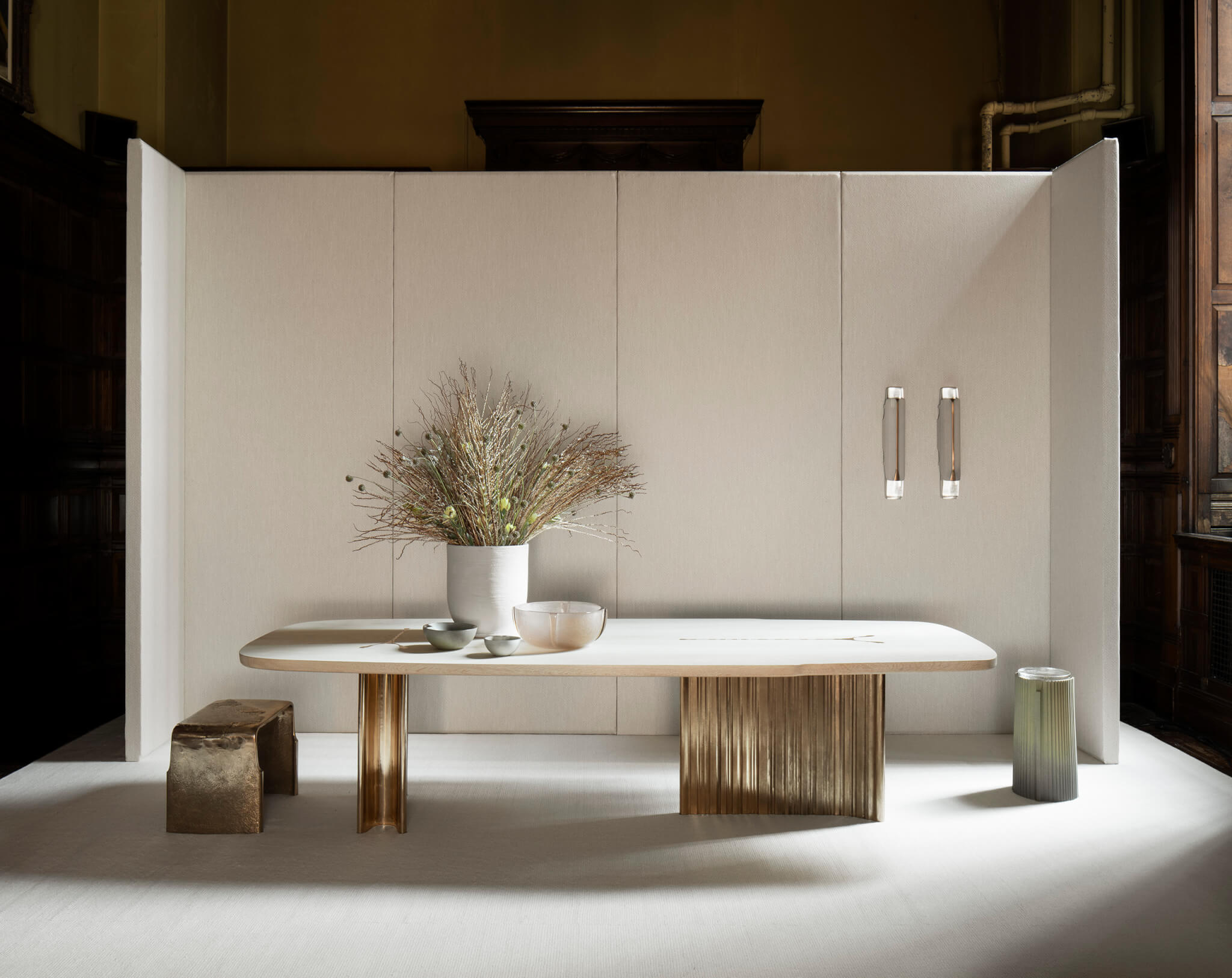
AV: Angie had devoted so much time and patience to building an incredibly strong team of properly trained, educated, and hands-on sculptors, artists, artisans, and designers. As they all wondered, and somewhat panicked, about what to do without any orders, we began to ask them “What have you been thinking about doing? What ideas have you wanted to explore but couldn’t?” We started encouraging everyone to loosen up creatively and tell us about the things that excited them, constantly questioning “What else can we do?” or “How weird can we get?”
AW: It was incredible. It’s no question that our amazing clients carried us through the prior decade, but it really was a different exercise when we were responding to design in the moment and answering, unfiltered, to ourselves.
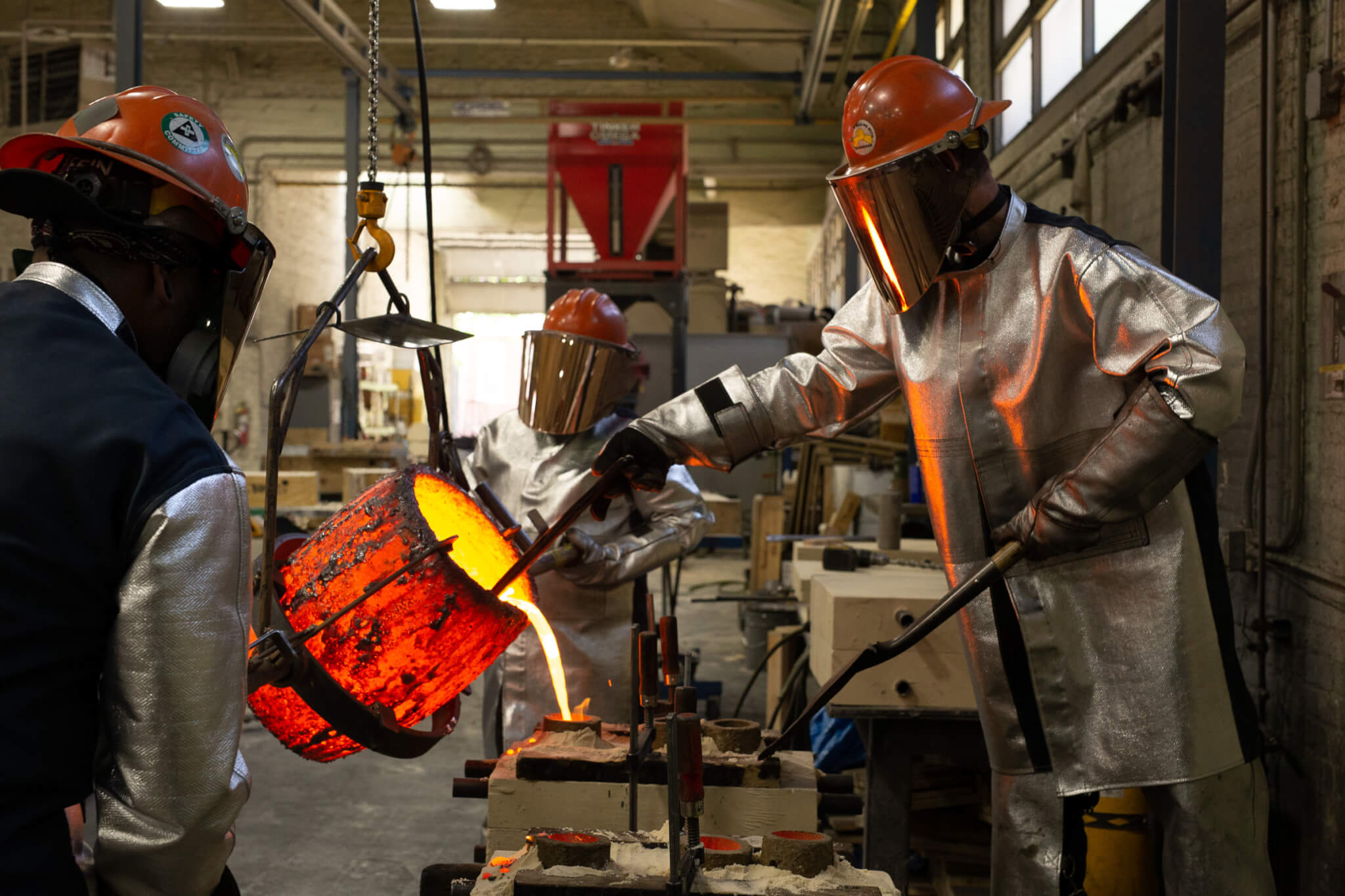
SAH: Why Refractory? How is this word defined and what does it mean to you?
AV: Certain materials, like kiln bricks, are considered refractory in nature because of their ability to retain and release heat in a controlled and stable fashion. They absorb and hold tremendous amounts of energy and then release it again very slowly. Obviously this ties inherently into what we do, as our work relies on heat to transform materials into different states and forms.
AW: We googled it, and refractory is also an adjective that means stubborn and unmanageable. The example was “a refractory pony.” [laughs] It works on a number of levels; we’re definitely both contrarians and always questioning things.
SAH: In April, Refractory will be a year and a half old. How have these first 18 months been? Have there been any hurdles?
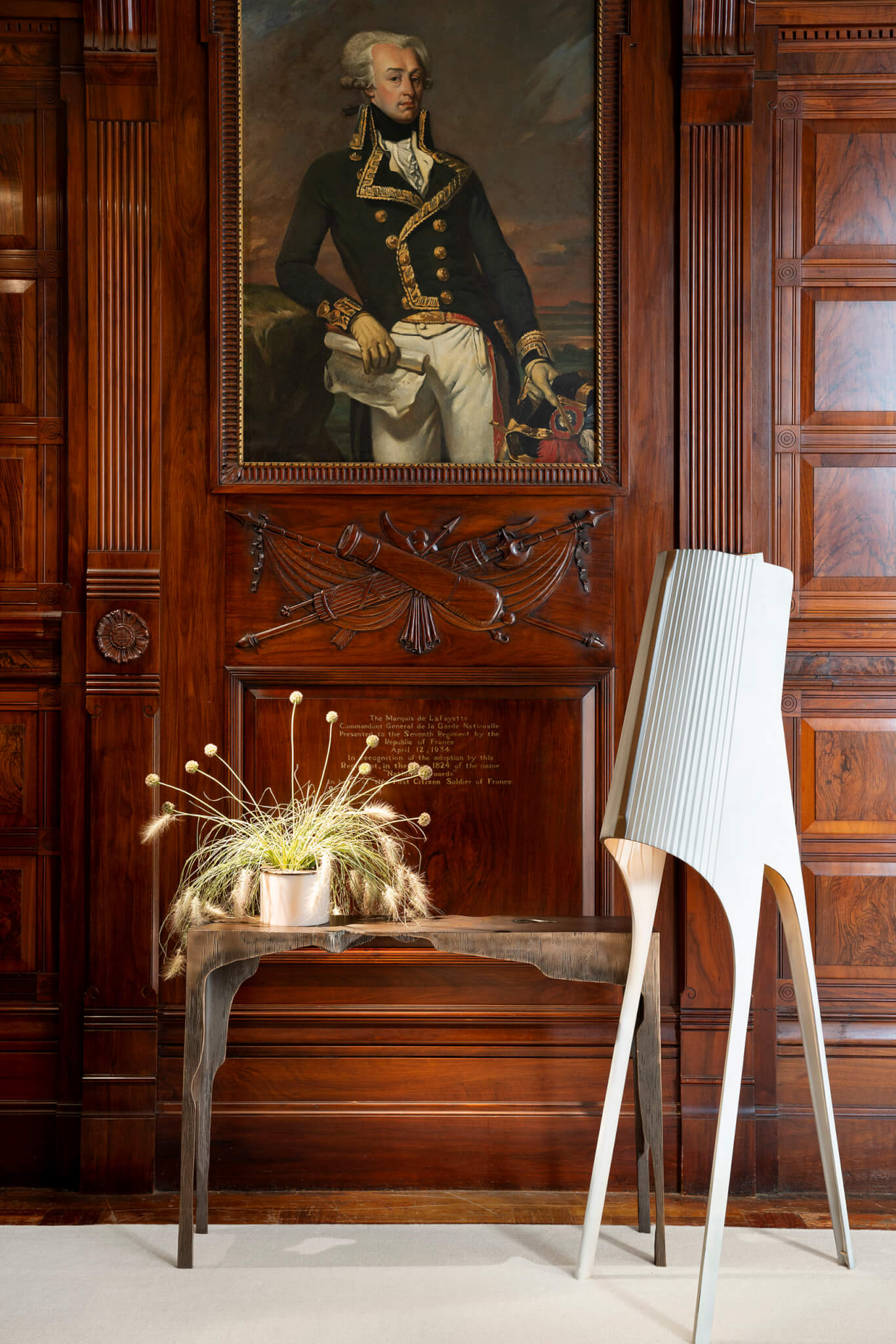
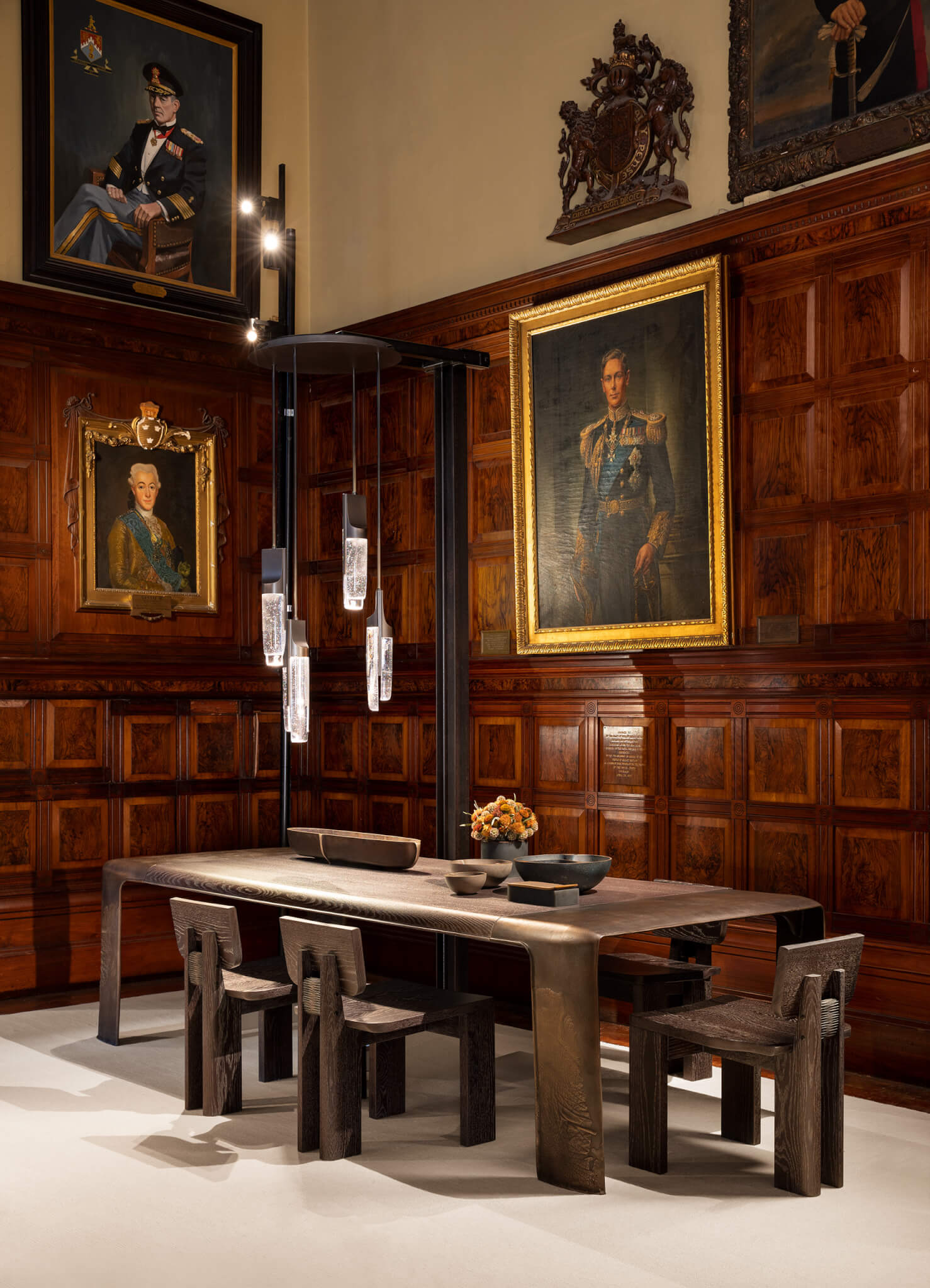
AW: When we first “launched” in October of ‘21, it was more of a soft launch. We essentially just flipped the switch on our website; there was no multilayered activation. The first six months were quiet, which was by design. We built the company so quickly and internally during the pandemic, we decided to spend time finessing our language, messaging, photography, and PR, which all culminated in the two real launch moments: our exhibitions at Alcova during Milan Design Week in June and Salon Art + Design in New York in November.
We’ve spent the last couple of months carefully considering our distribution. We admittedly had a bit of paralysis about what to distribute, when, and where to begin, but we’ve gotten over that trepidation and made decisions. We’ll be in galleries in Texas, the West coast, Canada, and the Middle East starting in April.
SAH: Refractory’s collections are very striking in terms of form, material, and texture. What inspires your design process?
AW: The premise of the studio revolves at its core around the spirit of the frontier. Whether it’s familiar, or even otherworldly, the collections pay homage to the incredible frontiers and formations that can only be formed over millennia. It’s an exploration of exploration.
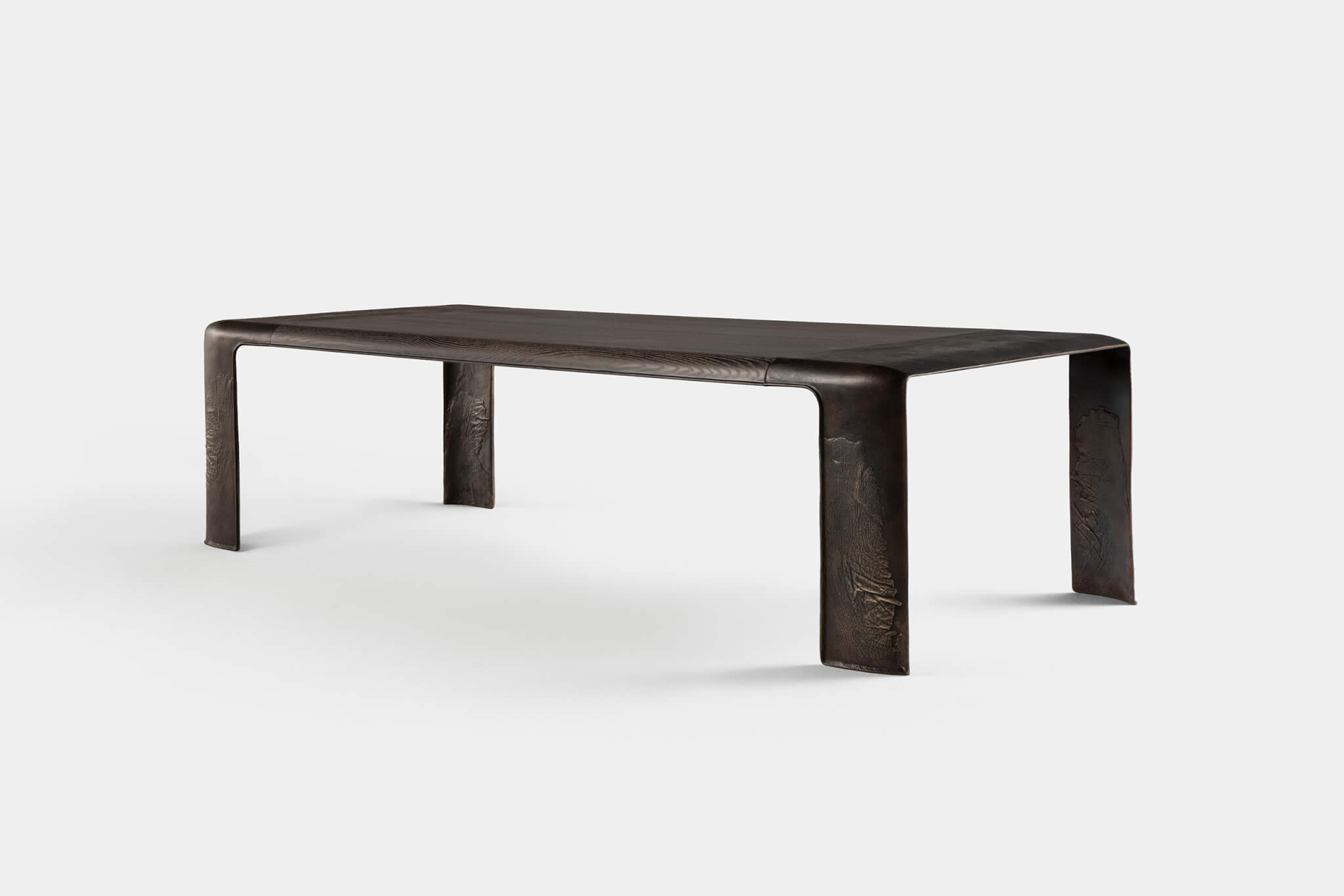
AV: Texture is also something that has been hugely important in our collaboration. For starters, so many beautiful textures and patterns exist naturally within the frontier, almost as if they were designed. In the casting process itself, bronze and glass are both incredible materials for replicating seductive textures.
Traditionally, bronze can be manipulated to create a totally smooth, reflective surface, but to render it this way is inherently resisting what the material wants to do. Much of what we’ve created comes from letting the material be and celebrating its imperfections, texture, and honesty. We both feel that the market is not only ready, but also hungry for much more surface expression and durability.
AW: We want to invite people to engage with the work—to touch it. For example, the usable ends of our Scimitar Dining Table are cast bronze replicated from Bison hide. Wear won’t hurt them; they will only become more beautiful with time. Instead of making something precarious and precious, we want our work to say: “lean in.”








